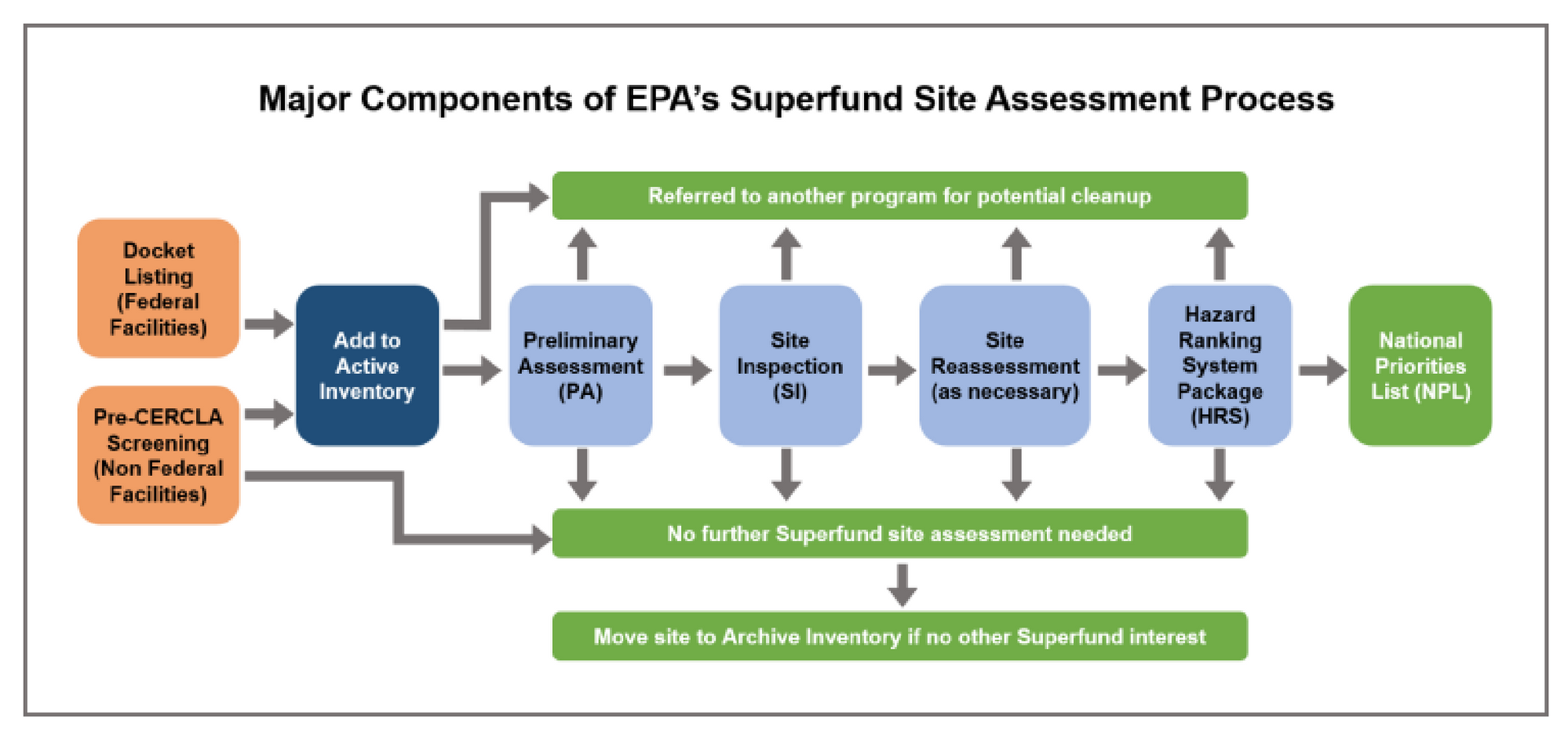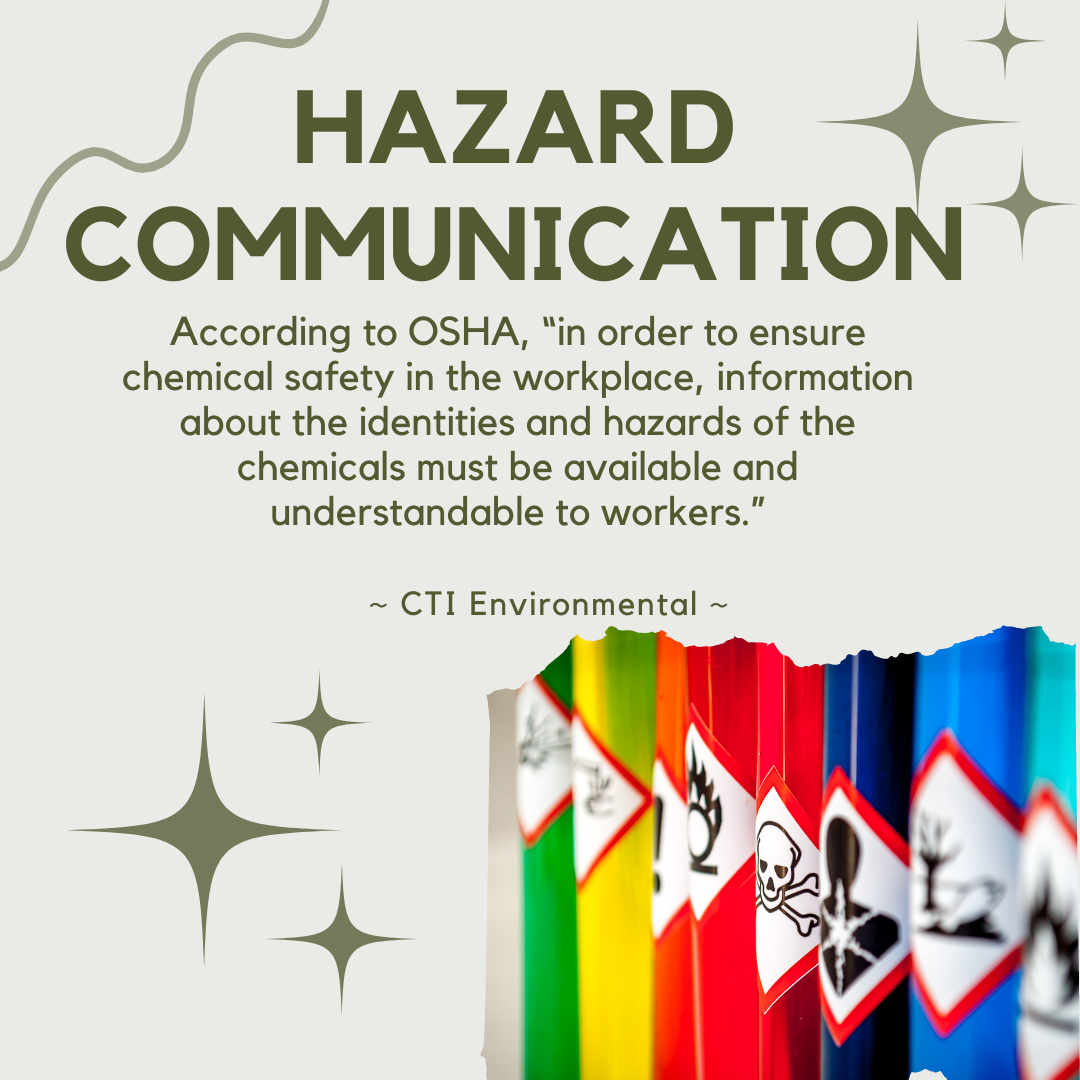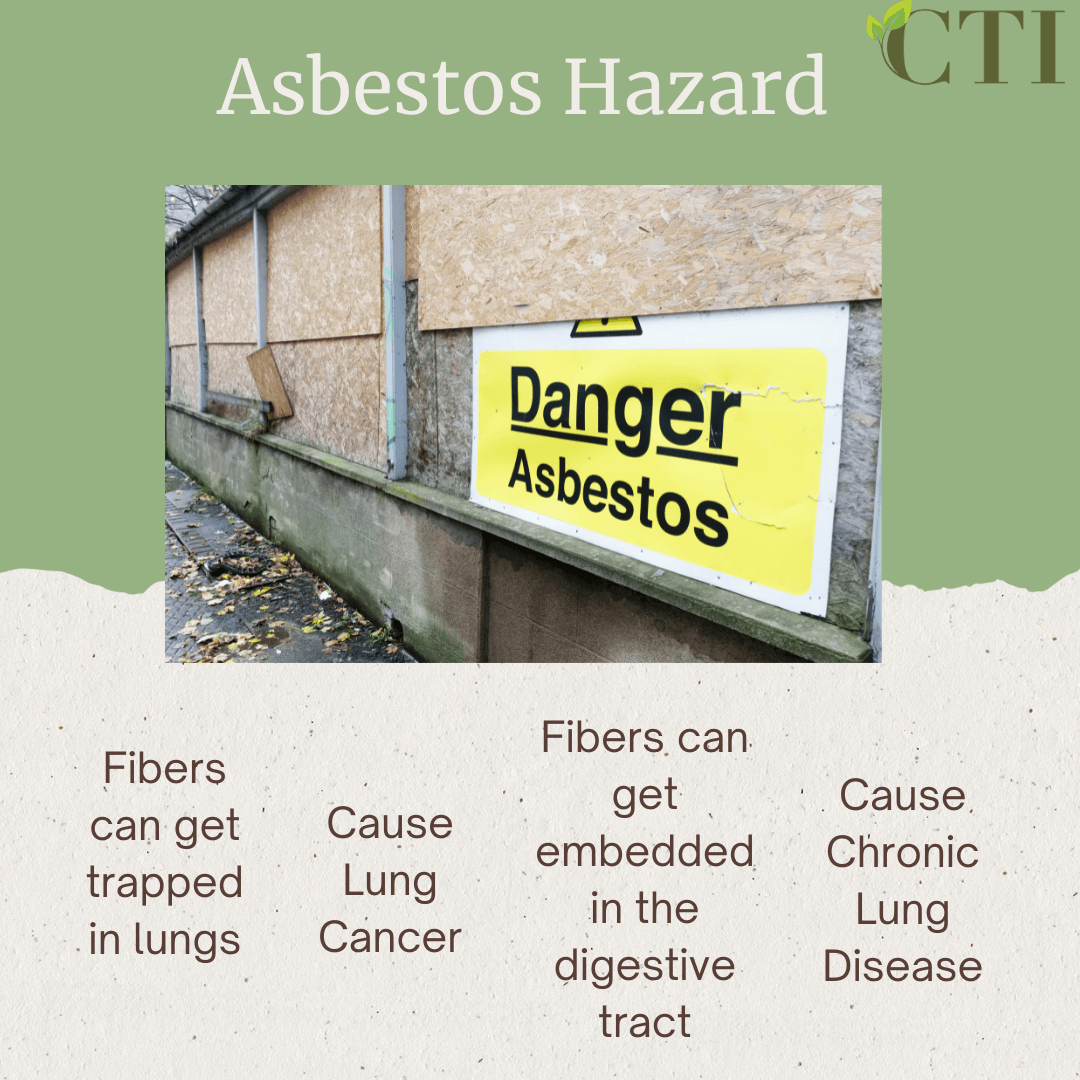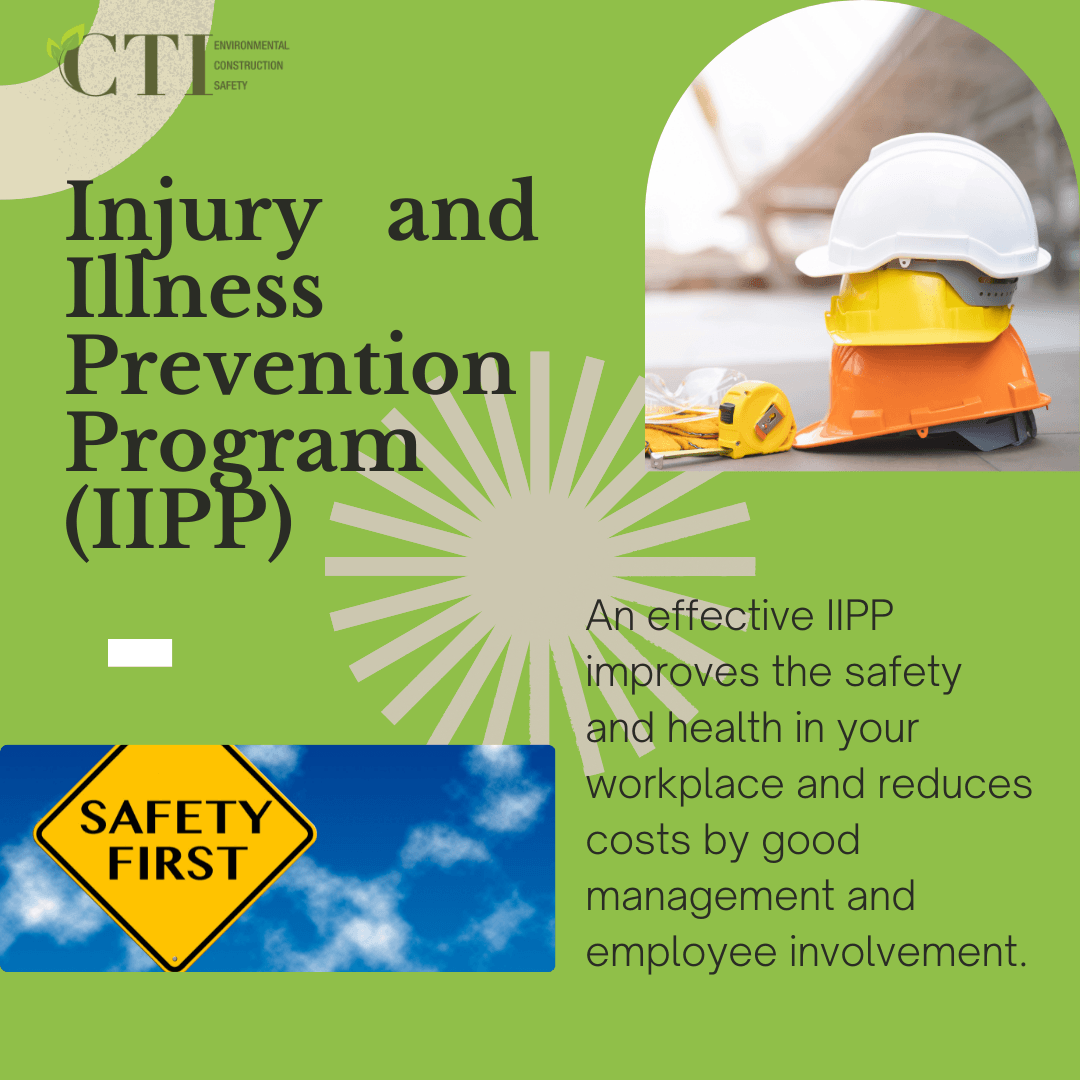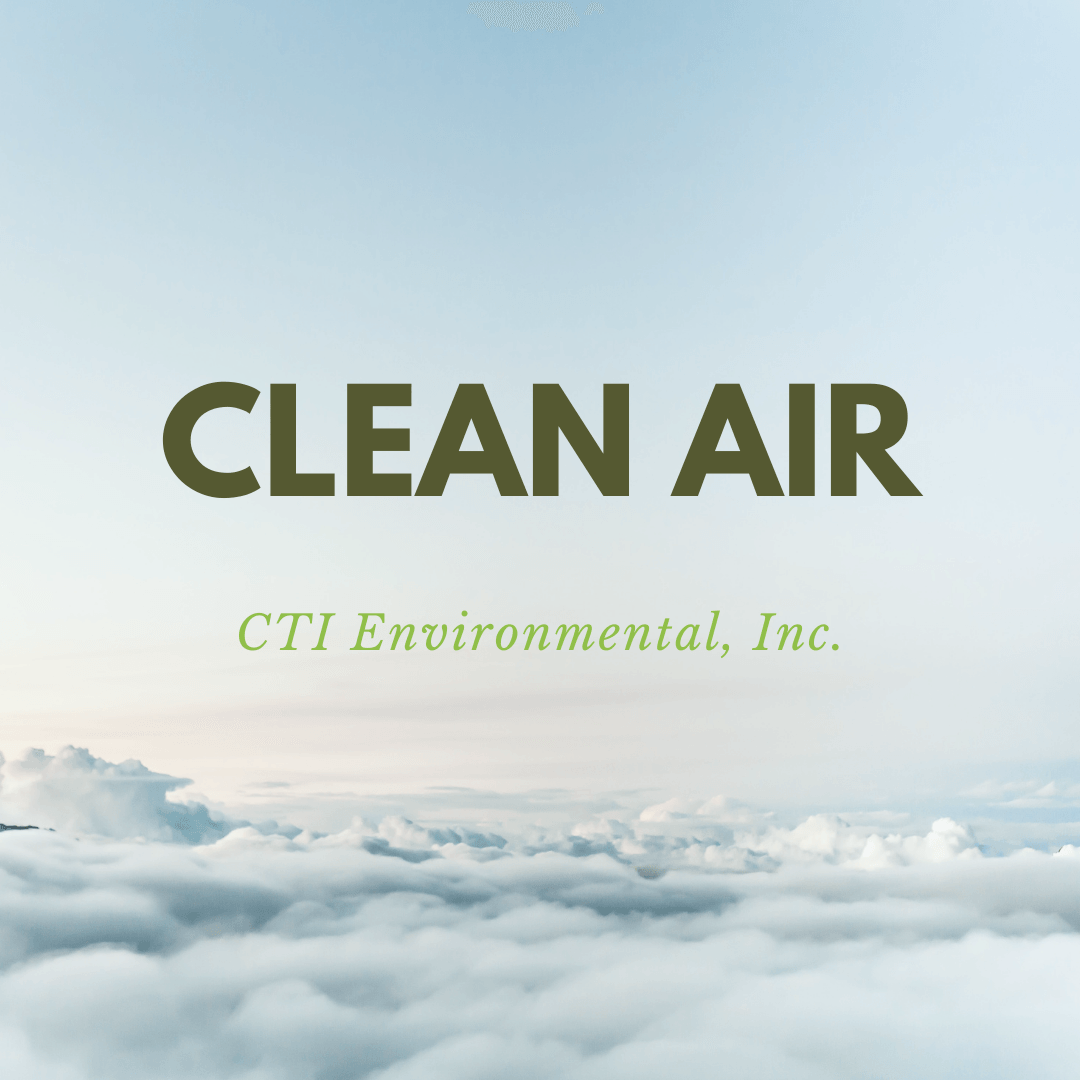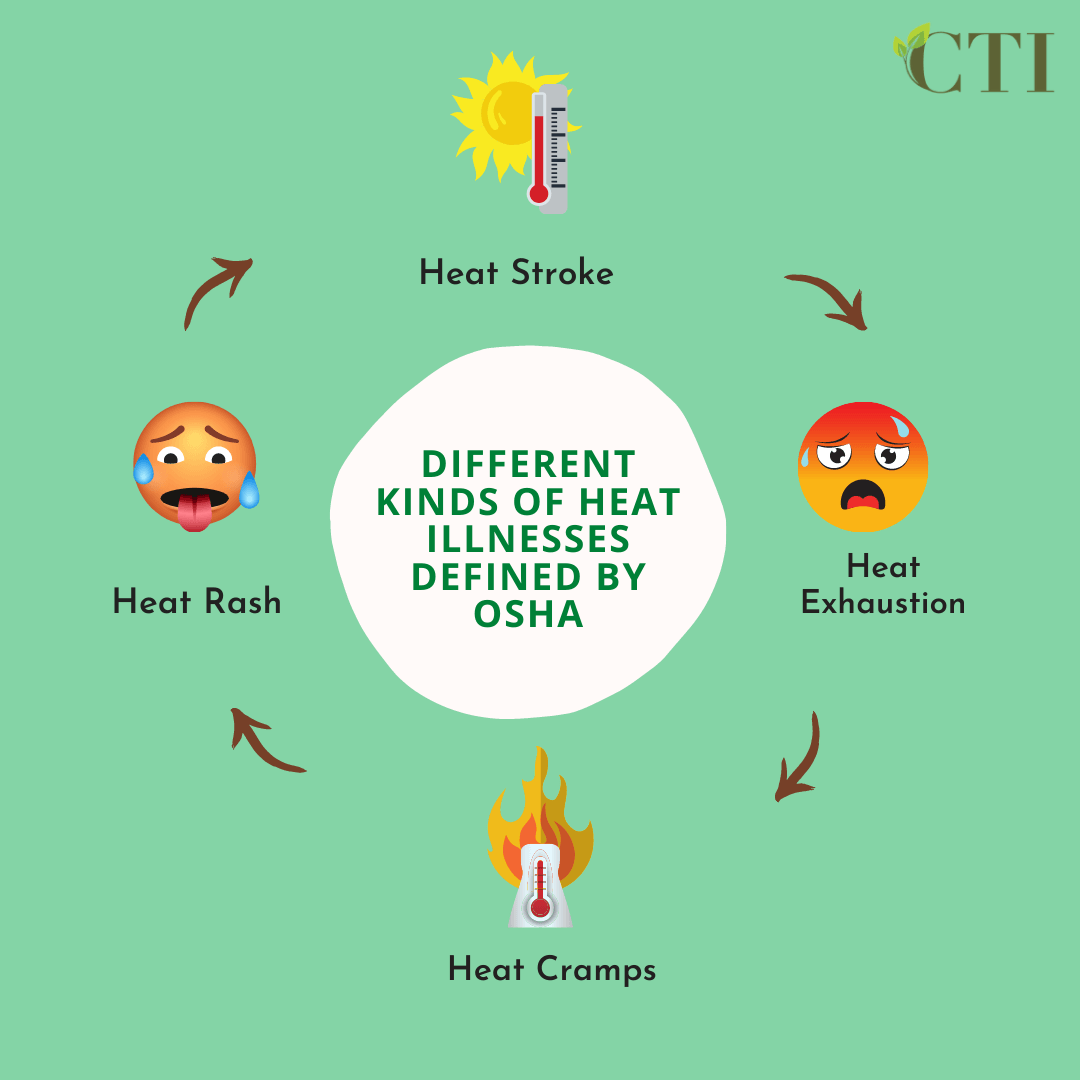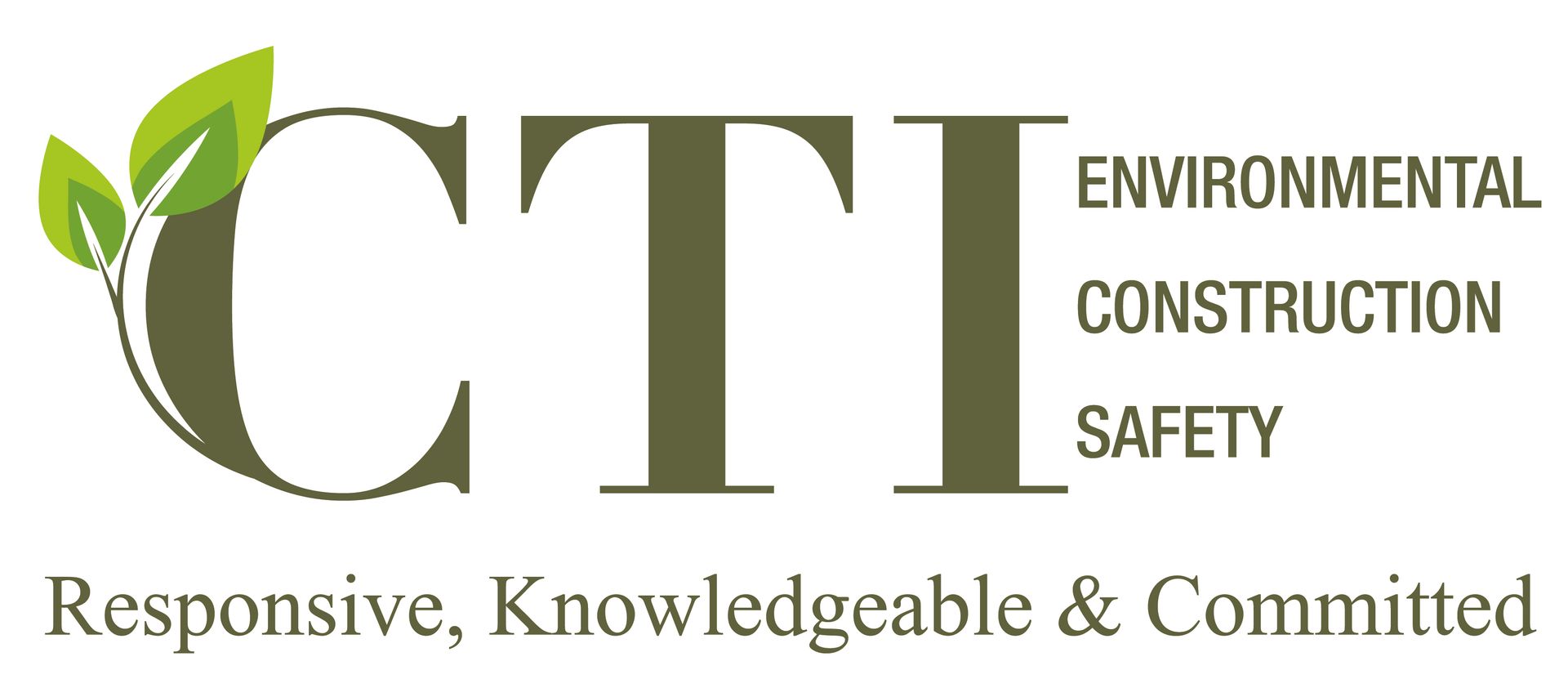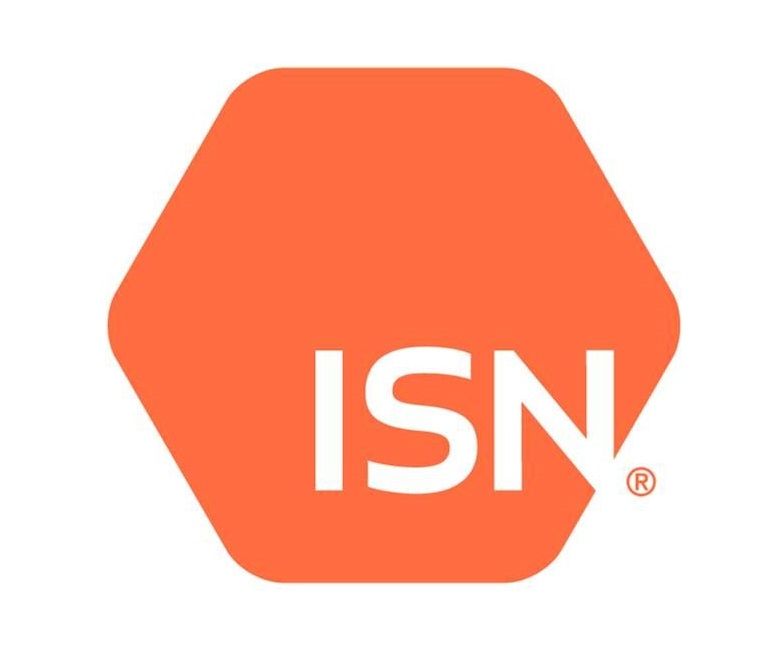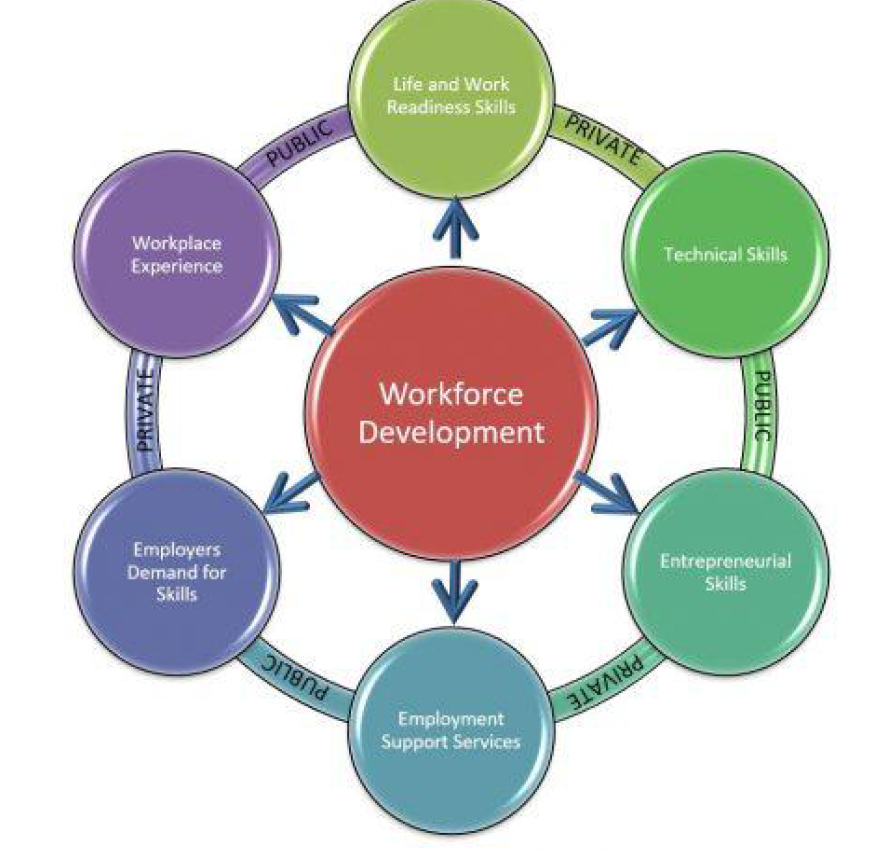Cleaning up land, air, and water from hazardous waste
This is a subtitle for your new post
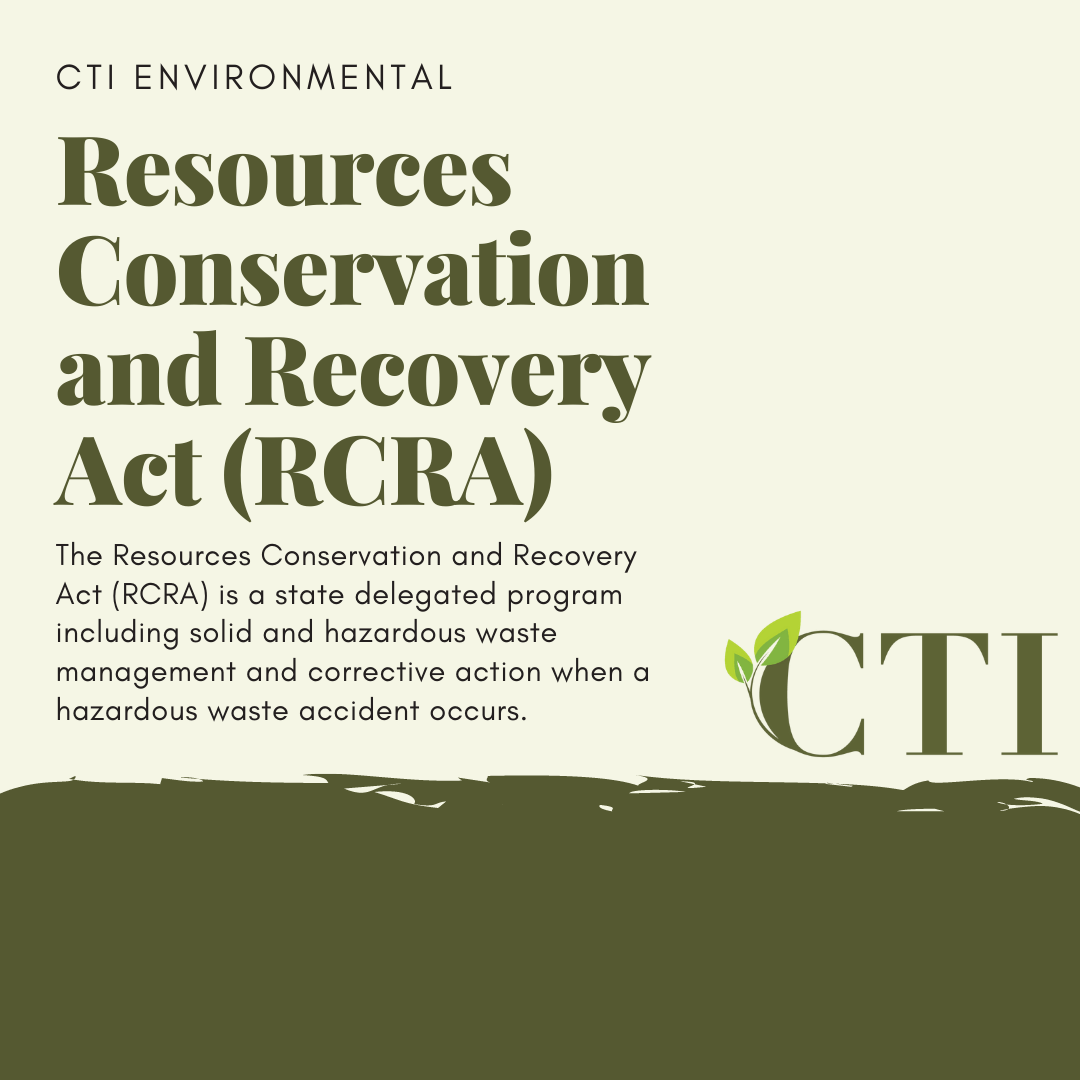
Cleaning up land, air, and water from hazardous waste
Many sites across the country are harmed by hazardous materials and waste from spills, leaks, accidents, and improper handling of dangerous materials. This has affected and contaminated the land, water, and air. Because of this, EPA and its state and territorial partners have developed cleanup programs.
Information about EPA Cleanups
The EPA manages and supervises investigations and cleanup programs on specific sites where oil or potentially hazardous chemicals are released. These cleanup programs can place on abandoned waste sites, federal facilities, and properties, and any storage tanks that have leaked. The EPA has many programs that are partnered, listed on their website:
- Emergency Response: when the danger from pollutants poses an immediate threat to human health or the environment
- Superfund Cleanup: for large, abandoned hazardous waste sites
- Federal Facilities Cleanup: for cleanups at facilities owned by the federal government (includes Superfund and RCRA sites)
- Brownfields Cleanup: for assessments and cleanups grants related to potentially usable properties
- Underground Storage Tank Cleanup: a state-delegated program for cleanups involving underground storage tanks
- RCRA Corrective Action: a state-delegated program for hazardous waste management facilities with a spill or release
- Cleaning Up Oil Spills: for spills of oil on land and in inland waters
- Cleaning Up Air Pollutants: for addressing releases of pollutants to the air
- Cleaning Up Water: to check on the quality of your waterways and learn about drinking water standards and where to find information about the quality of your drinking water
Click here to read more about each cleanup program
Cleanups: How you can help and get involved
If you are interested in helping clean up the community and environment, the EPA has many ways for you to get involved. This section will cover a couple of the programs and not all. To get a full listing, click here.
- Community Engagement and the Underground Storage Tanks Program
- Community Involvement at Engagement at Federal Facilities
- Community Involvement During Emergency Responses
- Sustainable Materials Management
- Public Participation in the Hazardous Waste Permitting and Corrective Action Processes
- Environmental Justice
Greener Cleanups
According to the EPA website, “a greener cleanup achieves remedial objectives for a contaminated site while decreasing the environmental footprint of cleanup activities.” The idea of a greener cleanup is a sustainable approach for cleaning up potentially hazardous and contaminated sites. Cleaning up these contaminated areas requires expending energy, water, and natural resources. The EPA created greener cleanups to protect the environment by optimizing the performances of cleanup technologies, fieldwork, educating about environmental footprints of cleanup projects, and minimizing those footprints while maximizing the ecological outcomes.
Greener cleanups help meet the goals of Executive Order 13834 Regarding Federal Operations. This order “requires agencies to make the Federal Government’s operations more sustainable…greener cleanup strategies in the U.S. EPA’s Superfund and other site cleanup programs help meet statutory requirements concerning energy and environmental performances.”
Greener cleanups can be used during emergency response, site investigation, evaluation of cleanup options, design, construction, and operation of a remedial project, long-term monitoring of a remedy, and site reuse planning.
Learn more about greener cleanups here.
Regulatory and Legal Information
The Resources Conservation and Recovery Act (RCRA) is a state delegated program including solid and hazardous waste management and corrective action when a hazardous waste accident occurs. RCRA takes effort when hazardous waste is contaminating a site. Depending on the nature of the violation and site circumstances, the type of RCRA approach will be decided. There are five RCRA Corrective Action Enforcement Actions according to the EPA.
- Administrative Actions
- Regulations Governing Administrative Actions
- Civil Judicial Actions
- Criminal Actions
- Citizen Suits
RCRA protects the environment as well as human health in several ways. Prevention and corrective planning. Prevention is “preventing future environmental problems from being caused by waste.” Whereas disciplinary action is “cleaning up current environmental problems caused by the mismanagement of waste.” According to the EPA, RCRA Subtitle C provides a system for managing hazardous waste from the time it is generated until its ultimate disposal. This regulation sets criteria and enforcement of the correction action and cleanup.
Learn more about the RCRA enforcement here.
Superfund/CERCLA Basics
The Comprehensive Environmental Response, Compensation, and Liability Act (CERCLA) is also known as Superfund and was enacted by Congress on December 11, 1980. According to the EPA, this law created a tax on the chemical and petroleum industries and provided broad Federal authority to respond directly to releases or threatened releases of hazardous substances that may endanger public health or the environment. There are three primary keys to this law, according to the EPA website,
- Establish prohibitions and requirements concerning closed and abandoned hazardous waste sites
- Provide for liability of persons responsible for releases of hazardous waste at these sites
- Established a trust fund to provide for cleanup when no responsible party could be identified
There are two response actions to take:
- Short-term removals: actions require prompt response
- Long-term remedial response actions: significantly reduce dangers associated with releases of hazardous substances that are serious
Information for Professionals
There are several cleanup grants that are available for different phases of the cleanup process. The EPA lists four programs that help with funding and supports the training process:
- EPA Grants
- The EPA works with partners to identify financing mechanisms supporting environmental programs and policies.
- Technical Assistance Grants (TAGs) Program:
- provides money for activities to help communities decision-making eligible Superfund sites.
- Superfund Job Training Initiative (SuperJTI)
- supports job-training programs in communities affected by nearby Superfund sites and encourages the employment of trainees at local site cleanups.
- Types of Brownfields Grant Funding
- EPA’s Brownfields Program provides direct support for brownfields assessment, cleanup, revolving loans, and environmental job training.
If you are interested in training, The Training Exchange provides 19 videos and courses that have to do with a cleanup.
Citations:
https://www.epa.gov/greenercleanups/learn-about-greener-cleanups
https://www.epa.gov/enforcement/types-and-approaches-rcra-corrective-action-enforcement-actions
https://trainex.org/catalog/bymethod_view.cfm?media=Streaming%20Video%20Presentation
